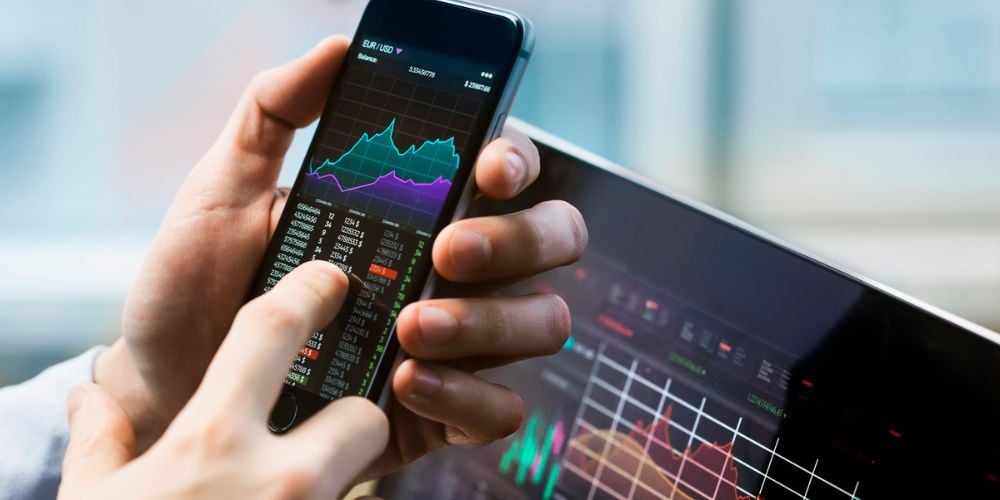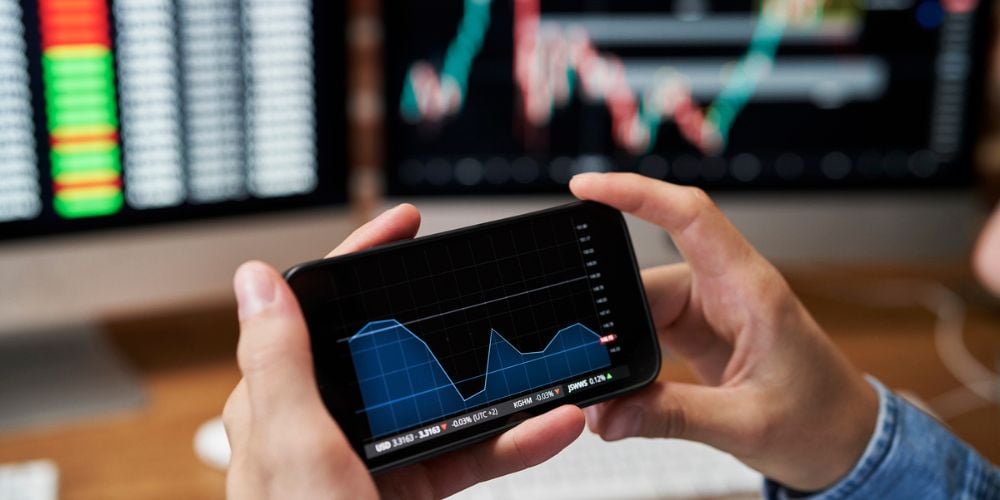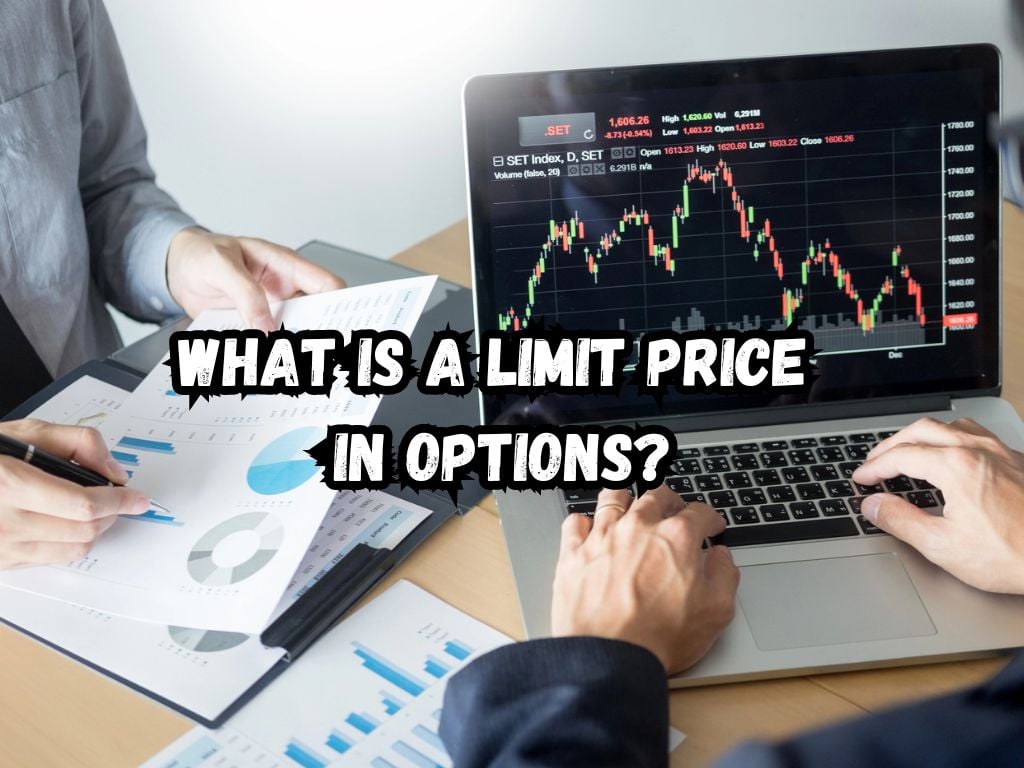In the world of options trading, understanding the concept of limit price is crucial for both novice and experienced traders.
This article aims to demystify what limit price means in the context of options trading and explains why it is an essential component for your trading strategy. Let’s learn what is a limit price in options?
Understanding Options
Options are financial instruments that give traders the right, but not the obligation, to buy or sell an underlying asset at a specified price, known as the strike price, before a certain expiration date.
There are two main types of options: call options, which give the holder the right to buy the underlying asset, and put options, which give the holder the right to sell the underlying asset.
Unlike stock trading, where traders purchase a share of a company, options trading involves buying the rights to the potential future transaction of shares at predetermined terms.

What Is a Limit Price in Options?
The limit price in options trading is a predetermined price at which a trader is willing to buy or sell an option. This price setting ensures that the trader does not pay more or receive less than this specified price for the option.
Limit prices provide traders with control over their transactions, contrasting with market orders, where trades are executed at the best available current market price without any price boundary.
Key Components of a Limit Price in Options Trading
Understanding the difference between strike price and limit price is fundamental. While the strike price is the price at which an option can be exercised, the limit price is the threshold for buying or selling the option itself.
The expiration date plays a critical role as well, as it affects the value of the option over time. Additionally, the premiums— the price paid for the option— are influenced by the limit price setting, often reflecting the trader’s perception of the option’s value as influenced by market conditions.
How to Set a Limit Price
Setting a limit price involves determining the maximum price you are willing to pay for a call or put option or the minimum price you are willing to accept to sell an option.
Several trading platforms provide tools for placing limit orders, including the ability to specify your desired limit price for any trade. When selecting these platforms, look for features that allow for easy adjustment and monitoring of your limit orders.
Strategies for Setting Effective Limit Prices
Setting an effective limit price requires a blend of market analysis, strategy, and intuition. It’s advisable to consider the current market conditions, historical data, and volatility when choosing your limit price.
For buying options, setting a limit price slightly above the current market can enhance the chance of executing a trade without overpaying.
For selling options, setting a limit slightly below the market value might ensure a quicker sale while securing profits. Adjusting these prices in response to market trends and news can also provide better control over the execution of your trades.
Pros and Cons of Using Limit Price in Options Trading
Using limit prices in trading offers significant advantages, including better control over transaction prices and the ability to manage risks more effectively.
However, one potential drawback is the possibility of missing out on trades if the market does not reach your limit price.
This risk underscores the importance of setting realistic limit prices that align with market trends and personal trading goals.
Common Pitfalls and How to Avoid Them
One common mistake traders make is setting unrealistically high or low limit prices, which can result from failing to adequately assess the market.
Overlooking market volatility and the impact of fees and commissions are other areas where traders can slip.
Staying informed about market conditions, reassessing your strategies regularly, and considering all trading costs can help avoid these pitfalls.

Real-World Examples
Examining real-world examples helps illustrate the impact of limit prices on trading outcomes. For instance, a trader who sets a limit purchase price for a call option may miss an opportunity to buy if the market price soars unexpectedly.
Conversely, setting a realistic limit price aligned with market analysis can lead to profitable trades that might not have been possible with market orders.
Frequently Asked Questions
What Is the Difference Between a Limit Order and a Stop Order in Options Trading?
A limit order allows you to specify the maximum price you’re willing to pay or the minimum price you’re willing to accept for an option. A stop order, on the other hand, will execute a trade at the market price once the option hits a specified price.
Can Limit Prices Guarantee Execution of Options Trades?
No, limit prices do not guarantee that a trade will be executed. They only guarantee that if the trade is executed, it will not exceed the predetermined limit price.
How Does After-Hours Trading Affect Limit Orders for Options?
After-hours trading may affect the execution of limit orders due to decreased liquidity and wider spreads. It’s crucial to monitor and adjust limit orders based on after-hours market activity.
What Are Some Common Mistakes Beginners Make With Limit Prices in Options Trading?
Beginners often set unrealistic limit prices, disregard market volatility, or neglect the impact of trading fees and commissions, which can hinder the successful execution of trades.
How Do Market Conditions Affect the Strategy for Setting Limit Prices in Options?
Market conditions, including volatility and trends, play a significant role in determining effective limit prices. Traders must stay informed and flexible, adjusting their limit price strategies to align with current market dynamics.
Conclusion
Limit price is a valuable tool in the arsenal of options traders, providing greater control over trading outcomes and helping manage financial risks. By understanding how to set and adjust limit prices effectively, traders can enhance their chances of success in the dynamic options market.


 Tags:
Tags:










